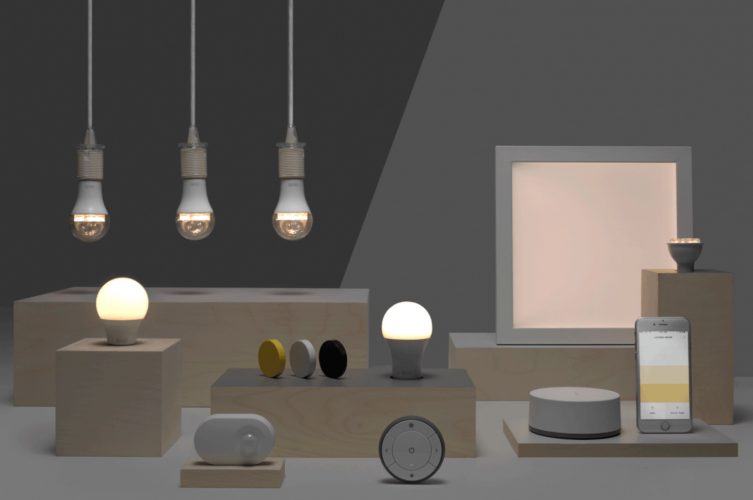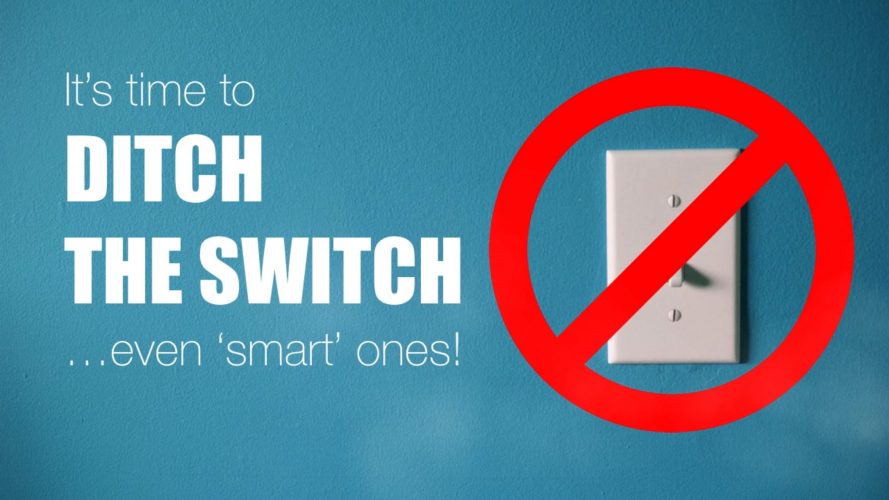
IKEA Trådfri
IKEA is getting into the smart home automation market with a range of smart lighting products called Trådfri, meaning “wireless” in Swedish. Importantly, for the greater smart home and home automation market, the IKEA Trådfri range is built around the ZigBee Light Link standard for connected lights, also used by the popular Philips Hue system and others.
Disrupting the disrupters
Home automation has traditionally been controlled but relatively closed protocol systems, but is recently being challenged by progressive electronics and networking manufacturers with various internet-of-things (IoT) products and systems.
With IKEA’s move into the smart home automation market, disruption is now coming from outside of the electronics and networking industries. Many traditional smart home integration manufacturers and integrators are already being threatened by disruptive IoT products and systems, because they provide a more consumable solution that doesn’t necessarily require expert design, installation and programming.
There are and will be critics, particularly from industry traditionalists, who are protective of their eco-systems. Critics are already trying to discredit IKEA and the Trådfri range with shortsighted comments like: “…just another short lived product”, “…a useless product”, “…will never take off”, “…are not smart”, “dumb lights” etc. (I’ve just copied and pasted select comments from commenters on various technology news sites).
IKEA Trådfri isn’t just good for the smart home automation industry, it’s great for the industry – because there’s a bigger picture.
The bigger picture
Power and lighting control are the foundation for any smart home – without control of power and lighting, you cannot have a smart home. Therefore, power and lighting control are the catalyst for entry into a smart home. Luminaires themselves are becoming more controllable, and more intelligent, rather than traditional control hubs and electronic components located in electrical switchboards.
The future of power and lighting control is very close to becoming mainstream reality. We are not very far from intelligent lighting systems that will incorporate a combination of wireless and networked connected systems, most likely power-over-ethernet (PoE).
For now, for the majority of consumers (i.e. those not building high-end luxury homes), it’s wireless control that gets you into smart home automation. ZigBee Light Link gives the lighting industry a global standard for interoperable and very easy-to-use consumer lighting and control products. Manufacturers and products such as Philips Hue and Osram Lightify use the Zigbee Light Link standard.
Wire-less
With IKEA Trådfri, I’m most interested in their range of lights being compliant with the ZigBee Light Link standard, theoretically allowing them to connect to other existing systems, such as Philips Hue etc., and perhaps offering a range of compatible accessories such as sensors and switches.
Although the Trådfri range may not provide colour changing, tunable white or advanced intelligence yet, they can and will become part of expanded wireless systems, that can integrate with other systems. It’s only a matter of time before Trådfri can be integrated with cloud based IFTTT and Stringify type applications.
I look forward to IKEA expanding the Trådfri range, and including future furniture ranges, and perhaps a range of compatible accessories such as sensors and switches. The IKEA price point and consumer exposure will open up the market, competing with other IoT lighting products and systems.
IKEA will at least, make consumers more aware of smart home technologies, and get people thinking about the bigger picture.

